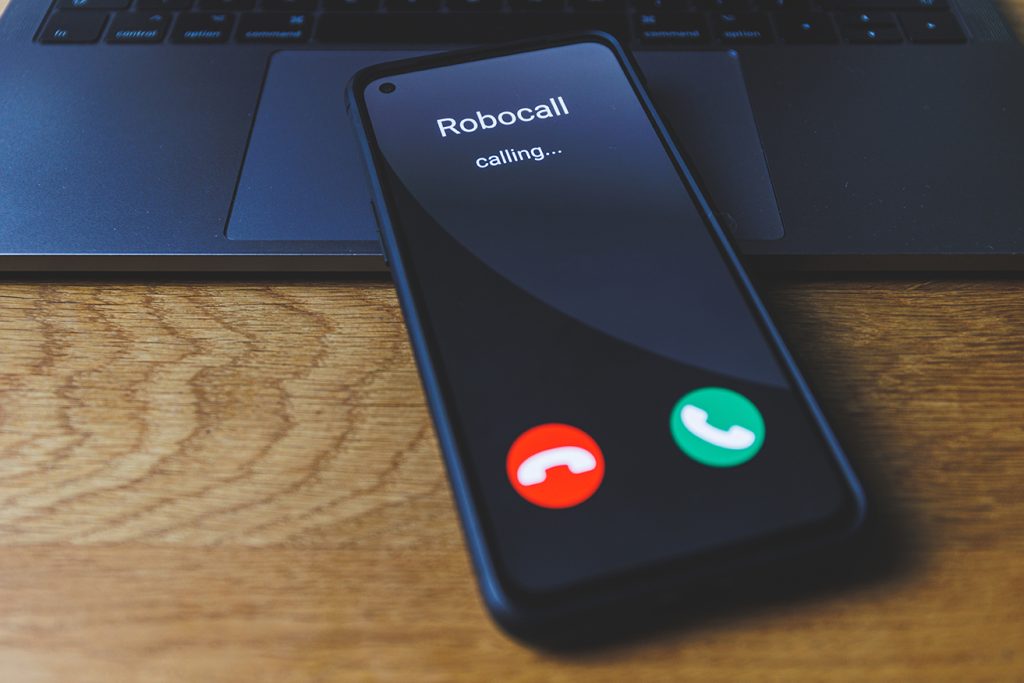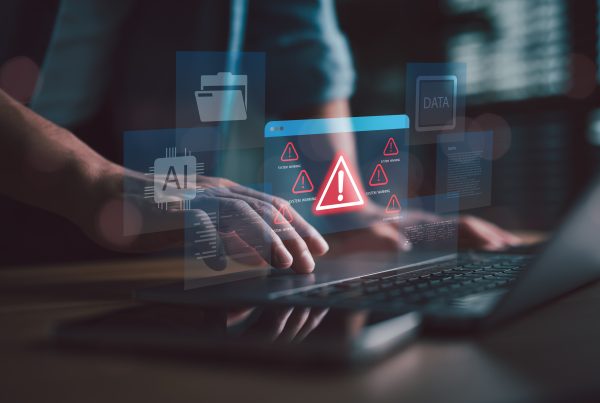By Isaac Shloss, Chief Product Officer DNC.com
There has been a LOT in the industry news lately about efforts led by Congressman Frank Palone (D-NJ) to alter the TSR and TCPA.
If you need a recap or this is somehow new to you, I recommend spending some time reviewing the webinars we did with Troutman-Amin and Mac Murray & Shuster on this topic. Amazingly, when you combine those two videos, we still probably only touched on 75% of what has been proposed, but it’s certainly enough to get you mostly up to date. Up to this point, much of what I have shared has been neutral, taking in the information and processing it. Since Contact Center Compliance is known as thought leaders in the compliance space, we felt it was time to weigh in regarding our thoughts on these proposed changes. In this article, I will touch on some of the key points that I believe are the most impactful and discuss how I think it would affect the industry.
In general, I appreciate the fact that lawmakers are proposing a definition for a much debated/discussed term – “robocalls”. I would suggest it be modified, however, in that there is still a bit of ambiguity. While the intent of the TCPA and TSR are to protect consumers from bad actors, the “gray areas” found within the TCPA have cluttered court dockets with cases that focus on textual interpretations rather than defending consumers who have suffered an actual injury. The TRUE bad actors are rarely defendants in these cases, and actions taken by state AGs and the FTC have been proven much more effective in combatting callers with true malintent or complete carelessness.

One of the first areas of potential refinement would be around the definition of a robocall itself. In the proposed definition, it can be argued that emails and social media messages are included in that definition. While I do not argue that bad actors are using those channels in an attempt to harm consumers, this is outside of the scope of the TCPA and TSR. These regulations are designed to provide rules for telemarketing (the “T” in “TSR”) as well as protection for consumers around telephone communication (the “T” in “TCPA”). As an example, the Do Not Call Registry is designed to respect the privacy of consumers by giving them the ability to opt out of ALL unsolicited sales calls with a single registration. This same provision does not apply to friend requests on social media, nor does it apply to email messages.
While one could argue that unwanted solicitations through digital channels can be a nuisance, the key difference between a phone call and an electronic communication within an application is the level of control. Phones are programmed to have simple options where, with a couple of swipes, one can silence everything but phone calls on their mobile device. Many people leave their ringers on 24 hours a day for emergency calls, but they will quickly silence their app notifications before heading to bed. A similar comparison could be made to the stack of junk mail consumers receive in their mailbox every day delivered by the US Postal Service. While these can be a nuisance, there are separate regulations controlling mail, email, and social media. Reflecting on how courts spent years determining what qualified as an ATDS was under the TCPA, imagine how much more litigation will arise over determining if something like a Facebook message is a “robocall.”
Similarly, while I support the definition of a robocall, I do not support the removal of the definition of an Automated Telephone Dialing System (“ATDS”). If for no other reason, several states have enacted their own definition of an ATDS, often referencing the existing definition within the TCPA. A challenge faced by marketers and sellers today is the patchwork of regulations for accomplishing the same task in 50 states. Over 25% of US states have their own privacy laws, forcing businesses to manage to the most restrictive rules of all states combined. With an ATDS, that is not as simple; some states (such as Maryland) might shift their focus on technology that automatically selects a customer record for calling (even if it is manually dialed). Other states focus on the level of effort placed by a human when dialing. Others still focus solely on prerecorded messages. I believe that the definition of an ATDS can remain in the TCPA while separately defining a robocall. Restrictions can safely be put upon both terms that will provide, arguably, more protection for consumers without creating invitations for opportunistic plaintiffs.
It should also be noted that, while the definition of the term ATDS has been struck in the proposed changes, the term itself remains within the proposed definition of a robocall. Therefore, further ambiguity is created by stating that a robocall should mean a call or text sent using an ATDS. Will we have to rely on case law to determine what that means? Will we have split opinions based on court circuit, much as we did prior to SCOTUS ruling in Facebook v. Duguid?
Another consideration lawmakers should make is regarding consent. I have not seen any sort of “effective date” or any sort of rules around this. Law abiding businesses have, for years, ensured they had proper disclosures gaining consent for calls from “an Automatic Telephone Dialing System (ATDS).” What happens to those consented customers/leads? Will all consent become invalidated when the term ATDS is struck from the TCPA? Do they need new consent for a robocall, even though, in spirit, at least, it would appear that a robocall is just replacing the ATDS definition? Can prior consent be allowed to be somehow grandfathered in? I wouldn’t hold my breath on this one, but it could become very problematic if there is neither time nor clarity around gathering new consent.
The topic of human intervention when placing a call has also been heavily debated for nearly a decade regarding these types of laws. The current proposal would require “substantial human intervention,” but “substantial” is not defined. This subjective word invites frivolous lawsuits, and a level of effort should be defined. For example, is a mouse click by the calling party sufficient, or does “substantial” require the entering of a 10-digit number? I would discourage the latter as the gold standard; while it sounds ideal, it could inadvertently harm consumers.
In the modern era of cellular phones, virtually every call is placed by clicking a link or a stored contact within the device. Misdials are a thing of the past, and, short of a number being disconnected, callers tend to only call those they plan to call. If you think back to a time where we had to manually enter digits (or spin the wheel on a rotary phone), how often did you misdial? Speaking from my own experience, I receive misdials on a regular basis; my personal cell phone number is 1 digit off from a bank in northwest Indiana. Were I a malicious actor, I could easily collect the Social Security Number, PIN, and much more personal information from each caller. Under this new proposal, a misdialed number could disturb a customer (potentially on a Do Not Call List), endanger a company with fines/lawsuits, or potentially create an avenue for a bad actor to harvest information from a well-intended caller. Manual “click to dial” platforms represent a happy medium; human intervention is required to initiate the call, but the call is placed from a pre-defined phone number that ensures a connection with the desired party. This also adds an additional layer of consumer protection in that it does not require the called party’s phone number to be disclosed to the caller. This allows businesses to mask as much information as possible related to the consumer.
Lawmakers should bear in mind that contact centers across the US provide tens of thousands of jobs for low educated, unskilled workers. In my 17+ years working in various contact centers, I have observed that the typical employee is a young adult/high school student trying to earn income early in their career, a retiree looking to supplement Social Security Benefits, or someone who has fallen on hard times and is trying to get back into the workforce. We cannot expect these types of workers to accurately enter 10-digit numbers hundreds of times a day with zero errors. While I understand a desire to require human intervention, it should be clearly defined what level intervention is required, and said requirement should keep in mind the skill set of the average worker affected by this requirement.
I support the AI disclosures that have been presented, although thought should be given to how these are to be delivered. A fair balance should be struck between transparency and customer experience. For example, the state of New York has introduced many disclosures that must be given at the start of each call, and this list has become quite long. Combined with a significantly shortened timeframe for delivery, a poor customer experience is practically REQUIRED by law! Calls must start with an agent rambling off information far too quickly for the consumer to accurately note, and rather than allowing for a natural and organic call, the called party is inundated with legal disclosures immediately after saying “hello.” While I support disclosures, more careful thought should be given to how they can be provided to the consumer in a more meaningful way.
Staying on topic with AI, I support heavier penalties for AI used to cause harm or defraud consumers, but a preference would be to have this enforcement come as a fine from the Federal Government (versus a professional plaintiff). The TCPA is, in my opinion, abused by the plaintiff’s bar, and I believe that if most funding/damages received from TCPA claims went directly to the enforcement agencies, we would see far fewer cases. I believe the cases that would remain in this model would be truly directed towards the bad actors in the industry, and that would, in my opinion, better achieve the goal of the TCPA. If damages MUST continue to go to consumers, I would be curious to see how a prohibition on class action lawsuits under the TCPA would affect the number of frivolous filings.
Finally, calling time restrictions should be reconsidered. The current proposal limits calling hours as 9 am to 5 pm, which are the hours that many Americans work. Throughout my career, I have always seen call centers staff 2 – 3x heavier from 5 PM – 9 PM market time, because that is when more consumers are available to receive calls. This change would require all calling to be performed during normal business hours, which will lead to consumers being contacted MUCH more often throughout their workday. We do not believe that is in their best interest and would generate a nuisance for many consumers. Likewise, this change, perhaps more so than all the rest, will have a catastrophic effect on jobs within this industry, costing tens (if not hundreds) of thousands of call center workers their jobs in the US alone. If consideration is being given to reducing calling times, perhaps lawmakers should follow the trend we are seeing at the state level where calling time is ending at 8 PM instead of the federally allowed 9 PM.
As a reader of this article, please note that this is entirely speculative at this point. While the bills do appear to have some “legs” to them, I have not yet seen significant bipartisan support. These bills still have to pass a vote in both houses of Congress, and there could quite possibly be modifications/improvements between now and then (if there is a “then”).
Be sure to subscribe to our blogs and webinars for the latest updates on this topic!




